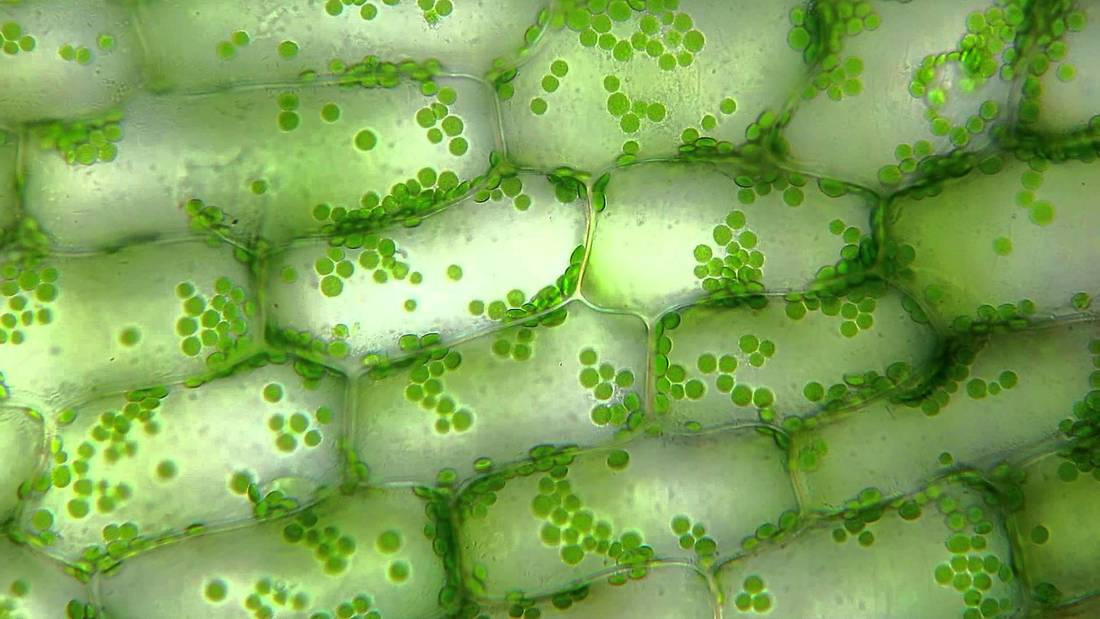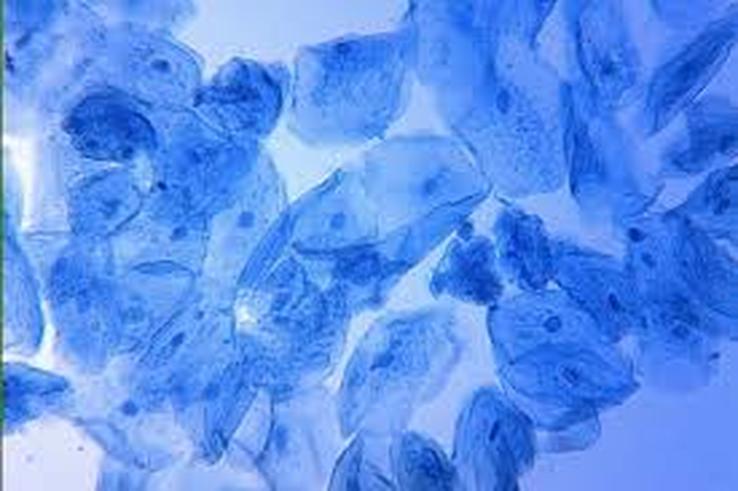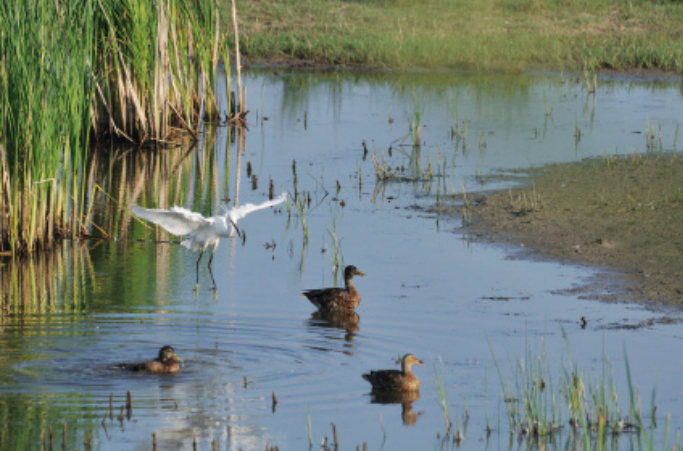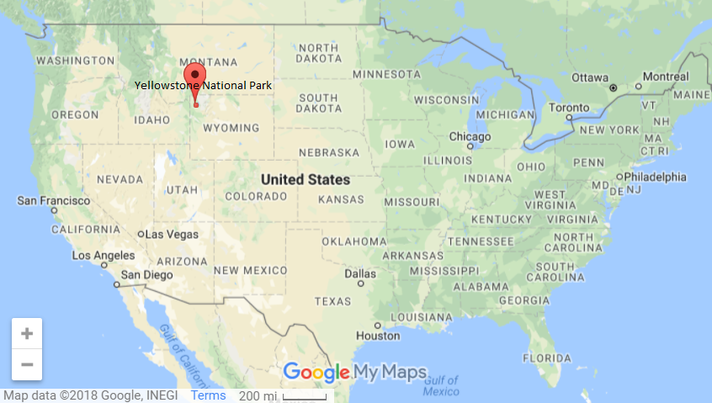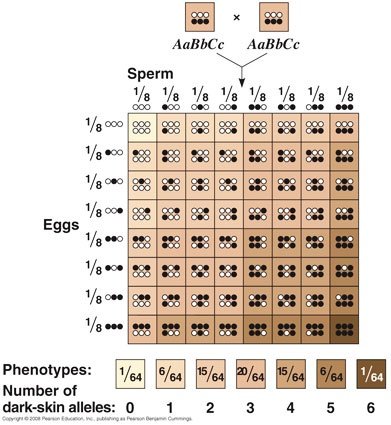Welcome, Exploring eighth grade scientists!
We have an exciting year ahead of us as we explore life on our planet! I will periodically be updating this page with (awesome) videos that I hope will inspire you and help you to understand the biology we are studying together this year. Enjoy, and stay curious!
Curious about things we're learning about in class? Click on the button above to access a free online science textbook you can use to study and learn more at home!
How to make a hidden panel foldable study guide
The Inner Life of Cells
Cells with Bill Nye
Tutorial: how to use a microscope
Elodea Leaf Under microscope
How to make an elodea leaf slide to view under microscope
Human cheek cells under microscope
How to make a human cheek cell slide to view under the microscope
Human Body Systems
Small Intestine
What do our Kidneys do?
Fight or Flight Response: Could you lift a car?
A man in New Mexico was able to lift a car to save the life of a 3 year old boy. Watch the news story here.
How could that man lift a car? Watch the video below to understand how your body reacts with super human strength during emergency situations!
How could that man lift a car? Watch the video below to understand how your body reacts with super human strength during emergency situations!
Photosynthesis
Plant Adaptations
How did plants start growing on the Hawaiian islands?
Understanding Tree Rings
Photosynthesis Experiment: Evidence of starch being formed in leaves
Photosynthesis: Evidence that Carbon Dioxide is Needed
Carnivorous Sundew Plant Eats Insects!
Athletes & oxygen
Understanding our eyes
Ecosystems: How do biotic and abiotic factors interact?
Study the picture of the pond below. What biotic and abiotic factors do you observe? How are they interacting with each other?
COsta Rican Jungle: Hunt for Biotic and Abiotic Factors
Take a field trip to Costa Rica! - this awesome video is interactive! You can click and drag the mouse on the screen as the video plays to get a 360 degree view of the Costa Rican jungle! How many abiotic and biotic factors can you find?
How Wolves Changed Yellowstone National Park
Invasive Species in Michigan Research Links
http://www.michigan.gov/invasives/
https://defenders.org/sites/default/files/publications/michigan.pdf
https://defenders.org/sites/default/files/publications/michigan.pdf
Invasive Species in the Everglades, Florida
Burmese pythons are literally eating their way through the Everglades.
With no natural predators, these invasive reptiles - imported from Southeast Asia as pets - appear to be wiping out most of the small mammals that once thrived in Everglades National Park. They are also chasing out other predators, who have to go elsewhere for a steady diet of rodents, mink, rabbits and raccoons.
Scientists like Davidson College's Michael Dorcas have shown that the populations of mammals including raccoons, possums and deer has dropped dramatically in the Everglades. They strongly suspected the fast-breeding snakes were to blame, but it took a study out this week in the journal Proceedings of the Royal Society to confirm the link.
Read more about this study at https://www.cbsnews.com/news/burmese-pythons-are-taking-over-the-everglades/
With no natural predators, these invasive reptiles - imported from Southeast Asia as pets - appear to be wiping out most of the small mammals that once thrived in Everglades National Park. They are also chasing out other predators, who have to go elsewhere for a steady diet of rodents, mink, rabbits and raccoons.
Scientists like Davidson College's Michael Dorcas have shown that the populations of mammals including raccoons, possums and deer has dropped dramatically in the Everglades. They strongly suspected the fast-breeding snakes were to blame, but it took a study out this week in the journal Proceedings of the Royal Society to confirm the link.
Read more about this study at https://www.cbsnews.com/news/burmese-pythons-are-taking-over-the-everglades/
Learn from History: Why are food webs important?
Intro to genetics
How did the study of genetics start?
PunnetT Squares: Why do I look similar to my parents but not EXACtly like them?
selective breeding
From DNA to Proteins in 3d
HOw does DNA determine your traits?
How is skin color determined? It's definitely not black or white...
Human skin color can vary from almost translucent to almost black. This range of colors comes from the amount and type of a pigment called melanin found in the skin.
There are two types of melanin--eumelanin and pheomelanin. In general, the more eumelanin in your skin, the darker your skin will be. People who make more pheomelanin than eumelanin tend to have lighter skin with freckles.
Like many other traits, the amount and kind of pigment in your skin is controlled by genes. The version you have of each of these genes work together to create the final product -- your skin color.
Want to learn more? Click here to read more about this complex trait!
The large Punnett Square below illustrates how complex inheritance of skin color is, as there are at least 8 genes involved that work together to produce our many skin tones. Skin color is an example of polygenic inheritance, which means that multiple genes collectively influence phenotypic expression of the trait.
There are two types of melanin--eumelanin and pheomelanin. In general, the more eumelanin in your skin, the darker your skin will be. People who make more pheomelanin than eumelanin tend to have lighter skin with freckles.
Like many other traits, the amount and kind of pigment in your skin is controlled by genes. The version you have of each of these genes work together to create the final product -- your skin color.
Want to learn more? Click here to read more about this complex trait!
The large Punnett Square below illustrates how complex inheritance of skin color is, as there are at least 8 genes involved that work together to produce our many skin tones. Skin color is an example of polygenic inheritance, which means that multiple genes collectively influence phenotypic expression of the trait.
Understanding incomplete dominance, codominance, & Polygenetic traits
Why are flamingos pink? You really are what you eat...
Genetics: Greatest Discoveries Documentary
Fossils with Bill Nye
Methods of Asexual reproduction: Budding
Methods of Asexual Reproduction: Binary Fission
Methods of Asexual reproduction: Vegetative Propogation
Methods of asexual reproduction: Regeneration
Regeneration can be a method of asexual reproduction, but sometimes it just refers to organisms regrowing parts that have been cut off... check out the video on amazing axolotls, and their ability to regenerate lost body parts!
